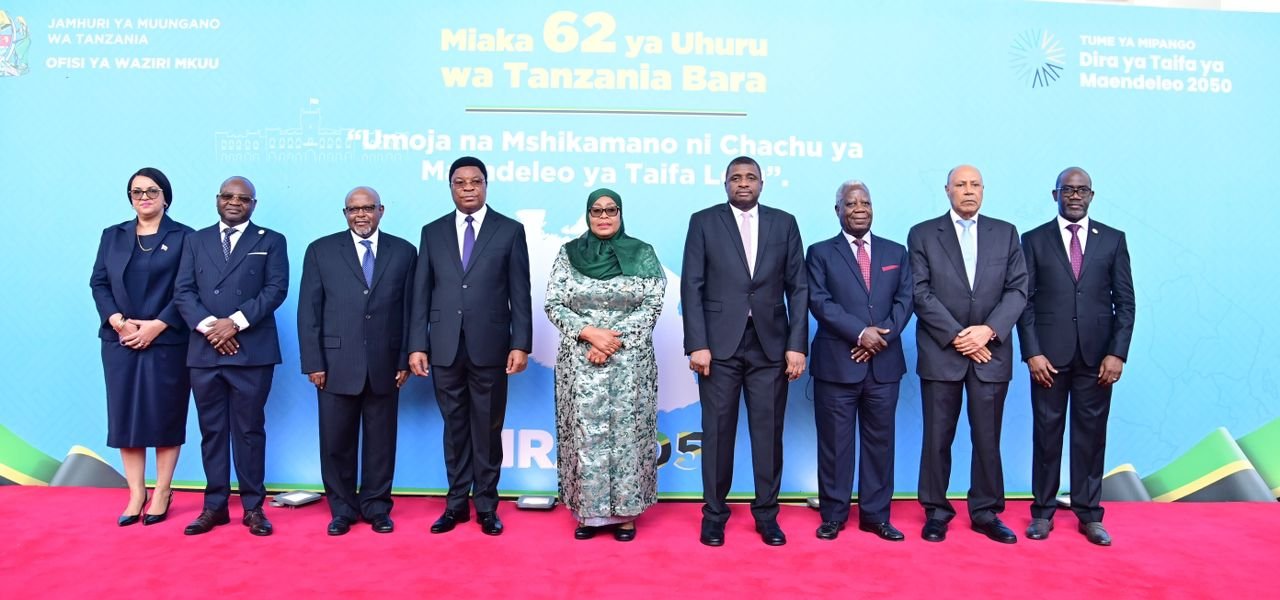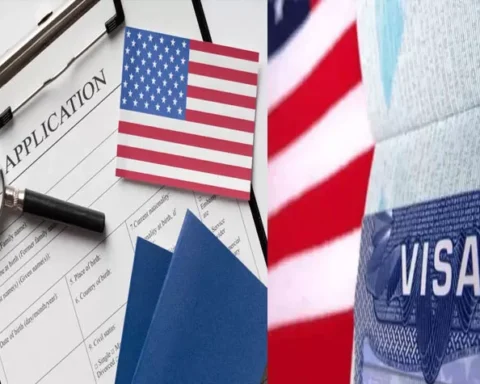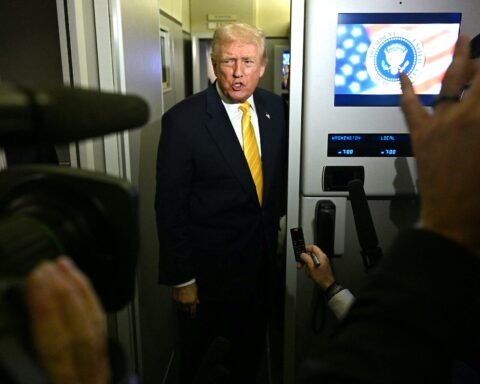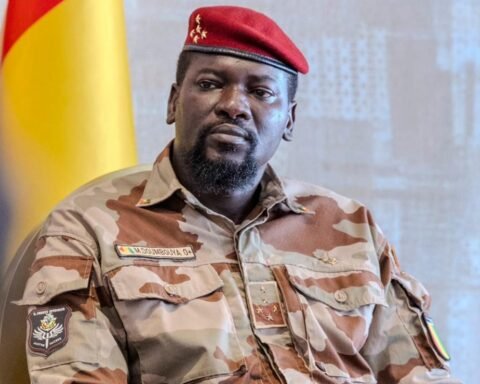President Samia Suluhu Hassan was officially honoured on July 17, 2025, for her leadership in shaping the country’s next long-term plan — the National Development Vision 2025–2050.
The recognition came during a national ceremony held at the Jakaya Kikwete Convention Centre (JKCC) in Dodoma, the country’s administrative capital. The event attracted a diverse crowd, including cabinet ministers, members of the private sector, diplomatic corps, and development partners.
The President’s Office – Planning and Investment led the appreciation, describing Samia’s leadership as pivotal in ensuring the vision was built on transparency, inclusion, and innovation — key traits needed for sustainable progress in the 21st century.
What makes Vision 2050 remarkable is not just its ambition but how it was created. Over 1.17 million Tanzanians actively contributed to the process through community dialogues, SMS-based feedback, social media, and regional consultations. This level of engagement made the process one of the most participatory national planning exercises in Tanzanian history.
The vision aims to achieve the following by 2050:
- Reach upper-middle-income status with a GDP per capita of US $7,000
- Grow the national economy to US $1 trillion
- Fully eliminate extreme poverty
- Lead Africa in agricultural production and food security
- Raise national life expectancy to 75 years
- Achieve zero maternal and under-five mortality
These outcomes will be guided by three strategic pillars:
Supporting frameworks include good governance, peace, gender equality, climate resilience, and a digital-first approach to public service delivery.
To turn Vision 2050 into enforceable national policy, President Samia directed the Law Reform Commission and the Attorney General’s Office to begin drafting a new law that embeds the vision within Tanzania’s legal framework. This move is designed to ensure continuity beyond electoral cycles and safeguard the Vision’s long-term goals.
“We must stop recycling plans that never materialize. The law should protect our ambitions so that they do not die with leadership changes,” said President Samia in her keynote speech.
Vision 2050 builds on the foundations laid by Vision 2025, which was launched in 1999 under former President Benjamin Mkapa. While Vision 2025 aimed to transform Tanzania into a semi-industrialised economy, the 2050 version is future-oriented, aligning with regional frameworks like the African Union Agenda 2063 and global strategies such as the United Nations Sustainable Development Goals (SDGs).
Also Read; Trump Expands Global Tariffs, Over 150 Nations Affected
Professor Kitila Mkumbo, the Minister for Planning and Investment, noted that Vision 2050 is built on past successes and failures, and reflects the country’s readiness to adapt to global trends like climate change, artificial intelligence, and digital transformation.
To operationalise the vision, the government plans to table two key documents before Parliament of Tanzania in November 2025:
- The Fourth Five-Year Development Plan (FYDP IV)
- A Long-Term Perspective Plan (LTPP)
These documents will outline how government ministries, agencies, and regional authorities will align their policies and budgets with Vision 2050 goals. Implementation will also rely on strong public accountability, monitoring systems, and citizen engagement.
A nationwide public awareness campaign is expected to follow, supported by civic education in schools, media outreach, and online portals for tracking progress.
Vision 2050 isn’t just a government document—it’s a national promise. With its bold targets and inclusive philosophy, it speaks to the aspirations of every Tanzanian, from a young student in Mbeya to a farmer in Mwanza, and from business leaders in Dar es Salaam to policy experts in global think tanks.
Whether the goals of Vision 2050 are fully achieved will depend not only on leadership but on the collective effort of the nation — public and private sectors, urban and rural communities, elders and youth.







